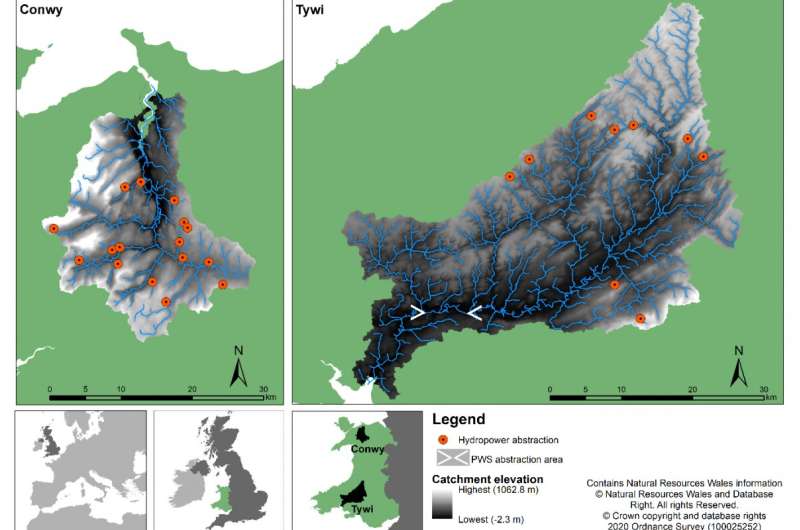Alberta’s NDP have recently put out a call for the provincial government to offer support to farmers looking to become more energy efficient.
“We’re asking the government to invest $15 million in startup money that could then be used to create loan guarantees for our agricultural producers in either doing a retrofit, or a new build for barns, but also all agriculture infrastructure,” said Heather Sweet, NDP agriculture critic. “The idea behind this is that the $15 million will be used to help people get in the door of banks, and then the government would guarantee the loan to build that infrastructure.”
These ideas primarily came from members of industry, said Sweet.
“As the critic, I've been spending a lot of time talking to farmers and ranchers and our producer groups,” said Sweet. “They recognize that we are going to be the leaders in renewable energy. And they've done a lot of research on how they can continue to be environmental stewards. And so one of their recommendations was to look at moving towards net-zero barns. Many of our producing groups have done their own research on these barns, they have looked into how they can move towards this. They're prepared, and they have the information that says that this can be done.”
Beyond just the farms and ranches themselves, this undertaking would also benefit the communities around them.
“We are recognizing that this is a job creator. They know that if they can continue to build and retrofit their infrastructure that will create jobs and local communities,” said Sweet.
Support from the landowners that would receive this support is very high, especially with the record temperatures that have taken place over this summer.
“Looking at even just the weather, and how we've hit such high temperatures, they really want to make sure that they are continuing to take care of their livestock in the healthiest ways possible,” said Sweet. “The energy costs alone have been substantial for our producer. If we look at the hog producers, specifically, the hog producers needed to make sure that the barns were cool and that they had misting systems in place. They're excited about being able to move towards more energy efficient HVAC systems and cooling cooling systems for their flooring, or heating systems in the winter. They are moving towards this anyway. and are looking forward to partnering with our opposition caucus and moving towards a netzero economy."
Anna Smith, Local Journalism Initiative Reporter, Prairie Post East
Alberta farmers compelled to harvest crops early amid heat wave
"It's a bit of a mess down here for sure,' says farmer Kevin Serfas
Many farmers in Alberta are trying to salvage the little crop they've managed to grow amid an ongoing heat wave.
Farmers in some parts of the province have already started harvesting while others are preparing to begin in the coming days.
Wayne Schneider, proprietor of Great West Farms in Nisku and a regional director with the Alberta Canola Producers Commission, said the crops are nearing the end of their life cycle of what they can actually produce.
"It is too late," Schneider said Monday. "We're just hoping for the best — that whatever ground moisture there was will help finish off the little crop that there is."
The family-run farm grows canola, wheat, barley and yellow peas on about 728 hectares.
Schneider said he thinks his operation will yield about half the crop he gets in a typical year — about 40 bushels of wheat, down from the usual 70, and 50 bushels of barley down from the typical 90.
For canola, he typically yields 50 to 60 bushels an acre — this year he's expecting about 30.
"This year, we didn't get the rain when we needed it," Schneider said. "With the exceptionally hot days, everything that was growing got heat-stressed and it can't produce. It just shuts the plants down."
Harvesting normally starts at the end of August, with the majority of the work done in September and October, Schneider noted.
It is too late.- Wayne Schneider, grain farmer
The Agriculture Financial Services Corporation (AFSC), which provides crop insurance, also prepares a crop report.
According to it, less than 20 per cent of all crops in Alberta were considered in good to excellent condition as of July 27.
The five-year and 10-year average is 71 per cent, the report shows.
Bleak year
In southern Alberta, some farmers have already started harvesting, including Kevin Serfas, co-owner of Serfas Farms Ltd. in Turin, northeast of Lethbridge.
"Things are pretty bleak," Serfas said in an interview Monday.
His operation is producing about a quarter of the typical amount.
His farm normally yields 75 bushels an acre of cereal grains; this year they're combining five to nine an acre.
"So it's a bit of a mess down here for sure," Serfas said. "It's going to be a mess for the next 12 months."
Most of the harvest will be sold to feed cattle, instead of being sold to overseas and domestic grain buyers, he said.
Schneider and Serfas say governments need to step in.
Serfas, who is chair of the Alberta Canola Producers Commission, said he hasn't discerned the benefits from a provincial/federal AgriRecovery program for crop farmers.
In a release dated July 22, the Minister of Agriculture and Agri-Food Marie-Claude Bibeau said assessments were underway with Manitoba, Ontario, Saskatchewan, Alberta and British Columbia.
The federal government will collaborate with provincial governments to evaluate the extraordinary costs producers face and provide joint support as required, the release said.
On its website, the AFSC said it continues to monitor the situation and anticipates a number of claims in the coming weeks.
"Our team of adjusters are familiar with the current conditions, and they are working to resolve claims as quickly as possible," the site says.
"Top priority claims include those claims where clients have indicated they need to allow cattle to feed on the crop immediately."














